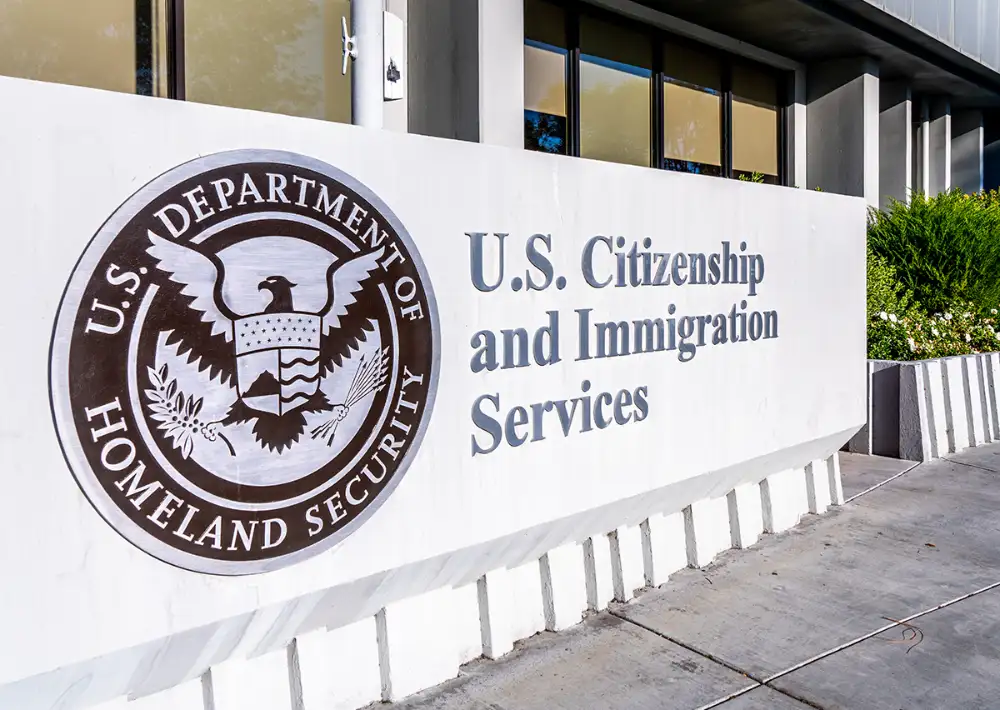What’s Really Happening Inside USCIS: Insider Insights on Culture, Processing Trends, and What Lies Ahead

In a rare behind-the-scenes discussion with a former high-ranking USCIS official who served under the Biden administration, key immigration stakeholders gained a clearer view of the internal forces shaping current adjudications. This official, who previously served as senior advisor to the USCIS Director, shared candid reflections on the agency’s culture, operations, and challenges—insights that couldn’t be timelier as attorneys and clients navigate an increasingly opaque system.
- Culture Shapes Outcomes More Than Policy
One of the clearest takeaways: leadership tone matters. When the agency is led by individuals focused on fraud prevention and enforcement, that attitude trickles down. Even without formal policy changes, officers may increase denials and RFEs, not because the law changed—but because they believe leadership expects more scrutiny.
Day-to-day decisions often hinge less on regulations or the policy manual and more on internal training materials, peer conversations, and perceived priorities. Many junior officers rarely consult actual legal text, instead relying on internal guidance that isn’t publicly available. In practice, many field offices operate independently, like “separate fiefdoms,” with inconsistent adjudication practices nationwide.
- Staffing Cuts Will Drive Delays and Frustration
Despite a hiring surge during the last administration that helped reduce backlogs, the agency is now moving in the opposite direction. USCIS employees recently received early retirement offers, signaling likely reductions in force (RIFs). Morale is low, and fear of layoffs is widespread.
These cuts will be felt across all case types. Backlogs will increase. Wait times will stretch longer. And while these outcomes are politically driven, their effects will be bipartisan—impacting applicants regardless of origin or visa category. The system’s capacity is shrinking at a time when demand remains high.
- A Return to Theater and Over-Vetting
We’re seeing a troubling return to Trump-era practices: more interviews, more social media vetting, and a surge in notices of intent to revoke (NOIRs), particularly affecting I-765 applications. These changes aren’t necessarily grounded in substantive fraud prevention—in many cases, they appear to be politically motivated “security theater.”
Revocations of work authorizations and SEVIS terminations for F-1 students have spiked. Many of these appear automated or based on flawed data matching tools, not meaningful individualized review. As the former official noted, “If your goal was to kill the golden goose, you could do worse than scaring 1.1 million international students.”
- Long-Term Risks to Higher Ed and Economic Growth
International students are essential to the U.S. higher education system—especially at rural or underfunded institutions. Targeting them with vague, inconsistent enforcement only discourages enrollment and sponsorship. This creates ripple effects for Optional Practical Training (OPT), H-1B transitions, and long-term talent retention.
The only glimmer of hope: political pressure. If constituents in conservative districts begin to feel the pain—when community colleges lose enrollment or employers can’t find STEM talent—there may be bipartisan pushback.
- Filing Tech Is Finally Catching Up—But Needs Momentum
Another bright spot: USCIS’s investment in online filing. While the agency began experimenting with guided filing in 2017, the latest innovation—the ability to upload prefilled PDFs for forms like the N-400 and I-765—marks real progress.
This model allows attorneys to use their own case management systems, reducing duplicative data entry and improving accuracy. The infrastructure is now in place to expand this system across more forms quickly. Whether the new administration will invest in that momentum remains to be seen.
- H-1B Lottery: A Cleaner Process, For Now
One area of success: the shift to a beneficiary-centric H-1B registration model has reduced fraud and shell registrations. Selection rates this year are higher—around 30–40%—likely due to fewer bad actors and possibly a drop in overall filings. For now, the process is fairer. But vigilance is needed. As the former official warned, “bottom feeders are clever,” and new tactics may emerge.
What to Expect Next
Processing times will likely increase. RFEs and NOIRs will continue to rise, especially for work permits and student-related filings. USCIS officers, under pressure and short on staff, will default to caution—often at the expense of eligible applicants.
For immigration professionals and their clients, the best defense is preparation and precision. Expect more scrutiny and delays—and plan accordingly. The next few years will test patience and advocacy skills alike.